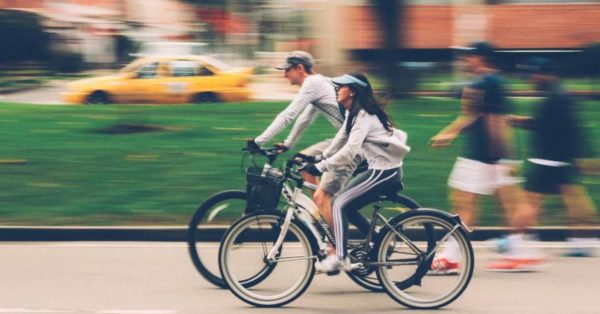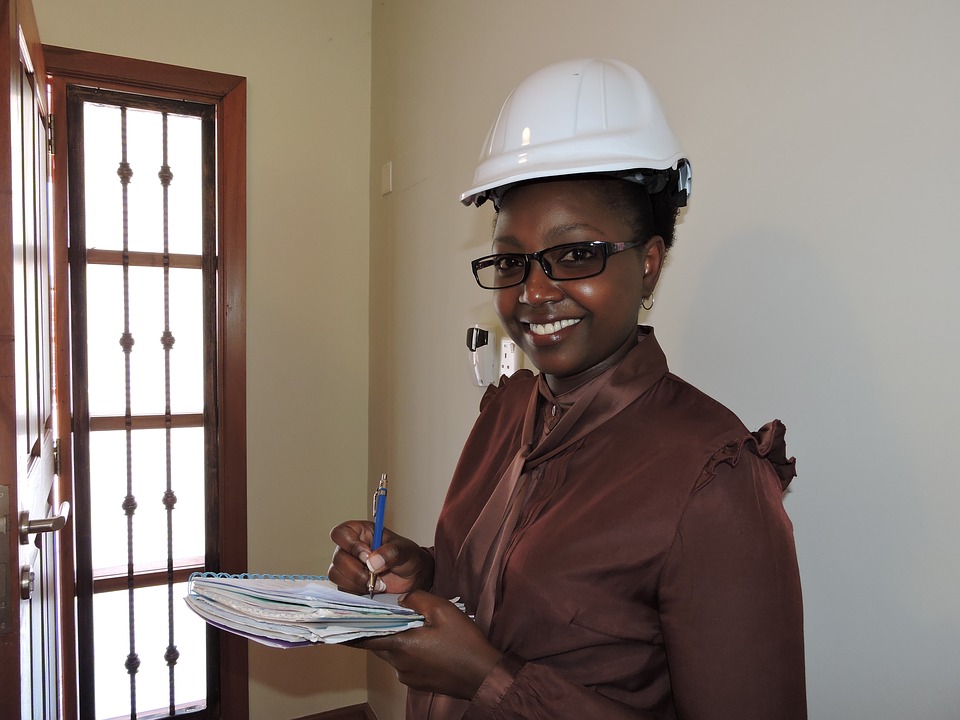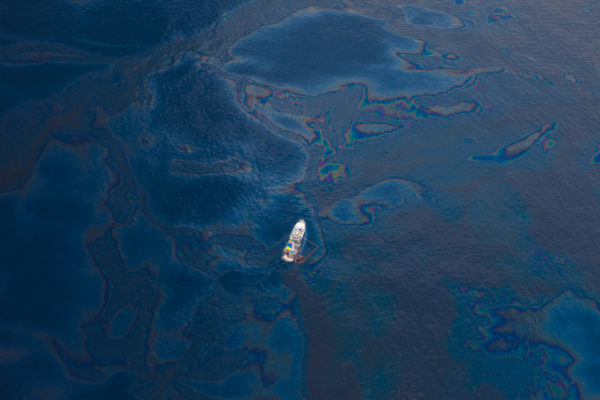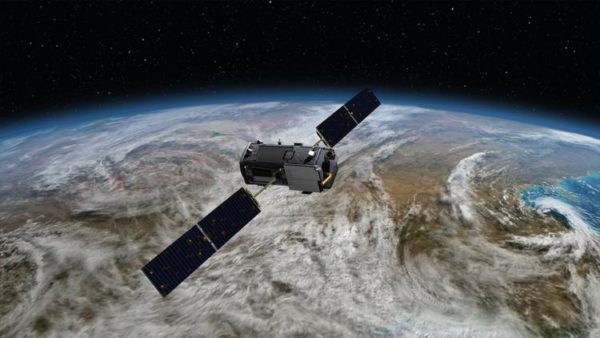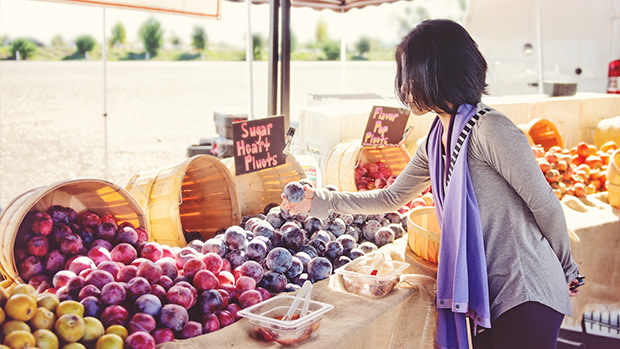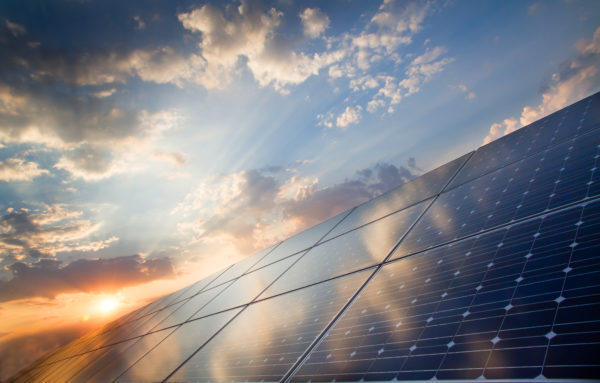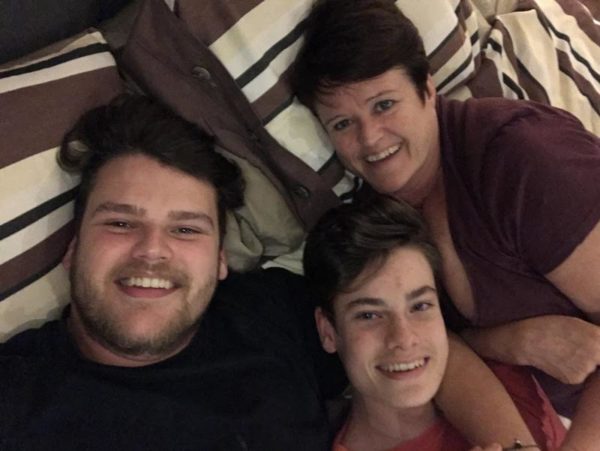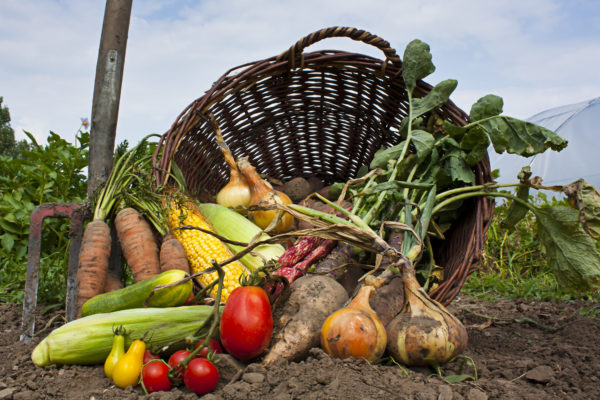A team of researchers from the Eindhoven University of Technology has recently 3D printed a concrete bridge. While people have experimented with 3D printed bridges before, the university researchers made this bridge specifically for cyclists in Germert, Netherlands. The team printed the bridge at the University using their large research and development printer. After three months of hard work, the team completed the bridge and were able to put it to use. All in all, it took 800 layers to build the futuristic piece which spans roughly 26 feet long and 11 feet wide. The bridge is a significant development for eco-friendly builders because it creates less CO2 emissions than traditionally built bridges. The printer is programmed to make the exact amount of concrete needed for a structure, so there is less material required for projects. The efficiency of printing also eliminates the possibility of wasted materials. The traditional method of filling molds with concrete was not as streamlined and consequently produced a much higher carbon footprint.
Continue reading... →Using reusable shopping bags can help reduce the amount of plastic bag waste. It’s a necessity for us to grocery shop. We need food so we can thrive and survive. However, how we transport food from the store to our home can have a huge impact on the environment. While plastic bags are convenient, they also cause a lot of problems. Plastic bags are made from nonrenewable oil byproducts. While you can recycle them, the process isn’t simple or easy. In fact, it costs less to create new plastic bags than it does to recycle old bags. There are so many plastic bags in the world that 300 million are found in the ocean every year. Plastic wreaks havoc on sea life, including turtles, dolphins and other animals who often mistake the bags as jellyfish and eat them.
Continue reading... →Engineers are good at solving problems. We make bridges safer, computers faster and engines more efficient. Today, the profession is working on an especially thorny problem: gender equity in higher education. While other fields of study continue to make significant advances towards gender equity, engineering schools are still struggling to pull their numbers of women students past the 20 per cent threshold. This week, McMaster University is hosting a conference for more than 150 deans of engineering from schools around the world. One of the major issues we’re discussing at this Global Engineering Deans Council Conference is the gender imbalance that remains a challenge across the field. We are making progress, but we need a breakthrough.
Continue reading... →An oil spill in the Gulf of Mexico last week may be the largest in the U.S. since the 2010 blowout at BP Plc’s Macondo well that sank the Deepwater Horizon rig and killed 11 people. LLOG Exploration Co. reported 7,950 to 9,350 barrels of oil were released Oct. 11 to Oct. 12 from subsea infrastructure about 40 miles (64 kilometers) southeast of Venice, Louisiana, according to the company and the U.S. Bureau of Safety and Environmental Enforcement. That would make it the largest spill in more than seven years, BSEE data show, even though it’s a fraction of the millions of barrels ejected in the 2010 incident.An oil spill in the Gulf of Mexico last week may be the largest in the U.S. since the 2010 blowout at BP Plc’s Macondo well that sank the Deepwater Horizon rig and killed 11 people. LLOG Exploration Co. reported 7,950 to 9,350 barrels of oil were released Oct. 11 to Oct. 12 from subsea infrastructure about 40 miles (64 kilometers) southeast of Venice, Louisiana, according to the company and the U.S. Bureau of Safety and Environmental Enforcement. That would make it the largest spill in more than seven years, BSEE data show, even though it’s a fraction of the millions of barrels ejected in the 2010 incident.
Continue reading... →Fires, drought and warmer temperatures were to blame for excess carbon dioxide in the atmosphere during the 2015-2016 El Niño, scientists with NASA’s Orbiting Carbon Observatory-2 say. The findings, part of five papers published in the journal Science, shed light on the mechanisms through which Earth “breathes” carbon dioxide, a potent greenhouse gas, and reveal how those mechanisms affect climate change. Global temperatures have been on the rise, thanks largely to the human-driven increase in greenhouse gases like carbon dioxide. But not all of the carbon dioxide produced each year ends up in the atmosphere. Some of it gets trapped in the ocean, or locked on land thanks to plants that use the gas during photosynthesis.
Continue reading... →A new International Energy Agency report contains some startling findings about solar energy dominance and its future. The study found that renewables comprised 66% of all new net electricity capacity additions in 2016. Two-thirds of added capacity, in other words, consisted of photovoltaic solar cells, wind turbines and biofuels. 165 gigawatts of new solar was added in 2016. In 2016, new solar photovoltaic capacity globally grew by 50 percent.
Continue reading... →Women play a vital role in society; we are the hub in the wheel on which the family resides, we are the silent hard workers. A woman symbolizes the earth, she searches for food and offers protection and safety.
Through the generations, women have fought for the right to vote, an end to sexual violence, equal rights in family law, fair wages or equal pay, the rights to own property and to education, the list is endless. Our next pivotal role now, which has always been of paramount importance but has become critical: our role in sustainability.
I believe that we can be catalysts for innovation in sustainability. We are naturally nurturing and what better a cause to fight for than mother earth and the health of its inhabitants.
A new study from the Journal of Consumer Research is disproving some long held theories about how people make changes in what they shop for in the produce aisle. Researchers followed 8,700 consumers for 20 months, using information gleaned from a customer rewards service at a huge Dutch retailer. It has generally been assumed that people start with one organic product—most commonly, organic milk. They may then take the next step up, but it’s a fairly long journey from one product to the next. Actually, it’s an incredibly smooth transition.
Continue reading... →